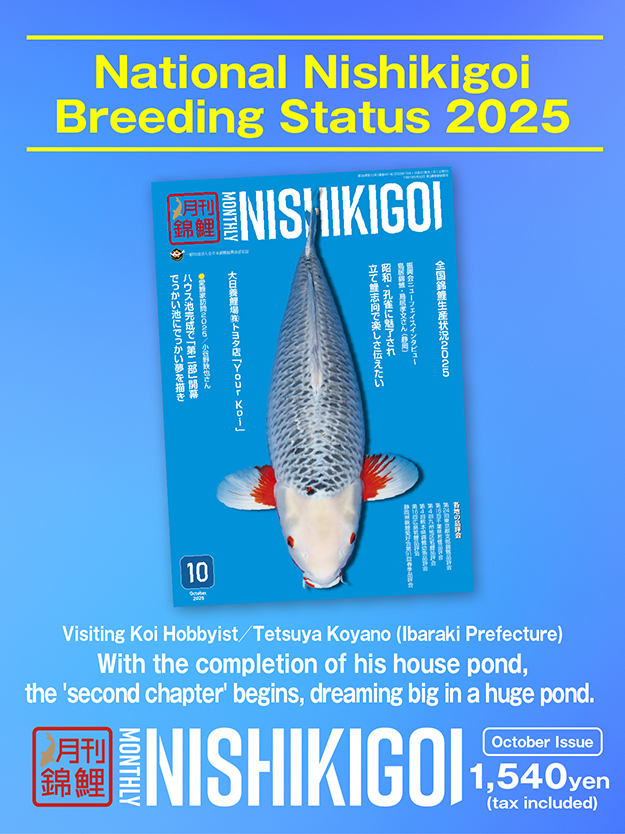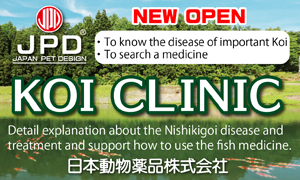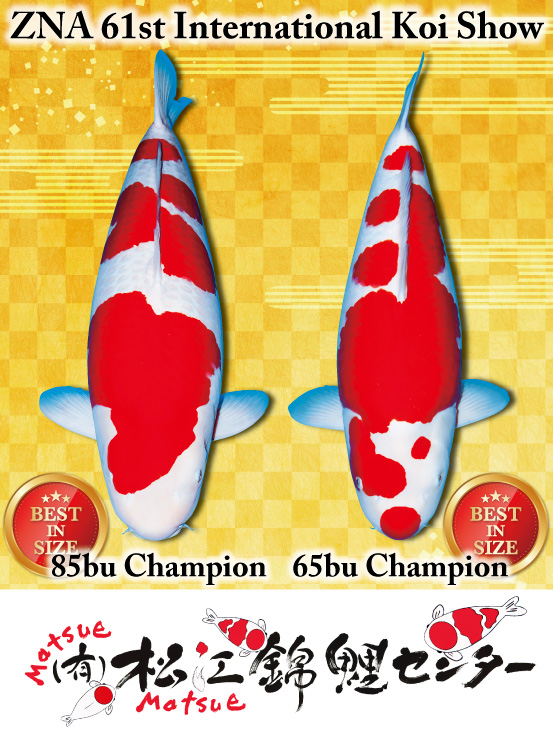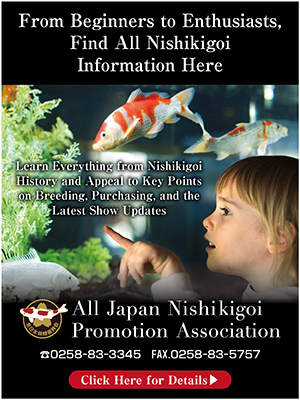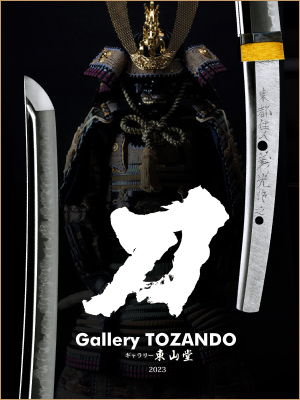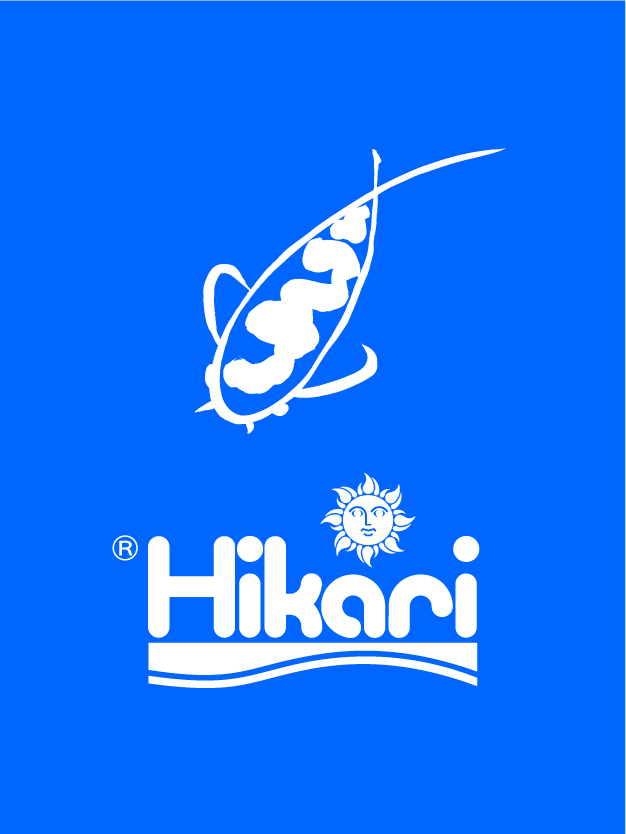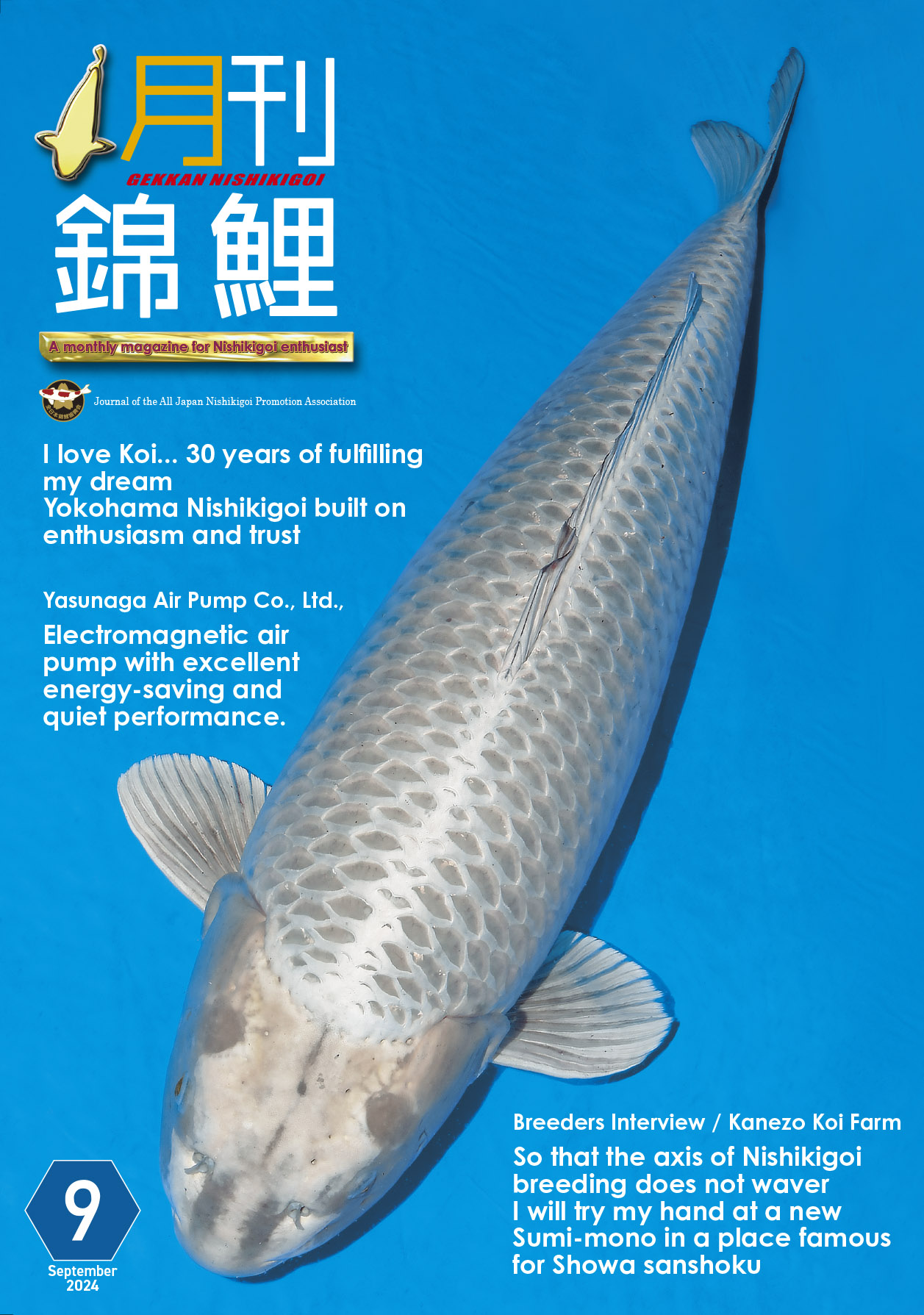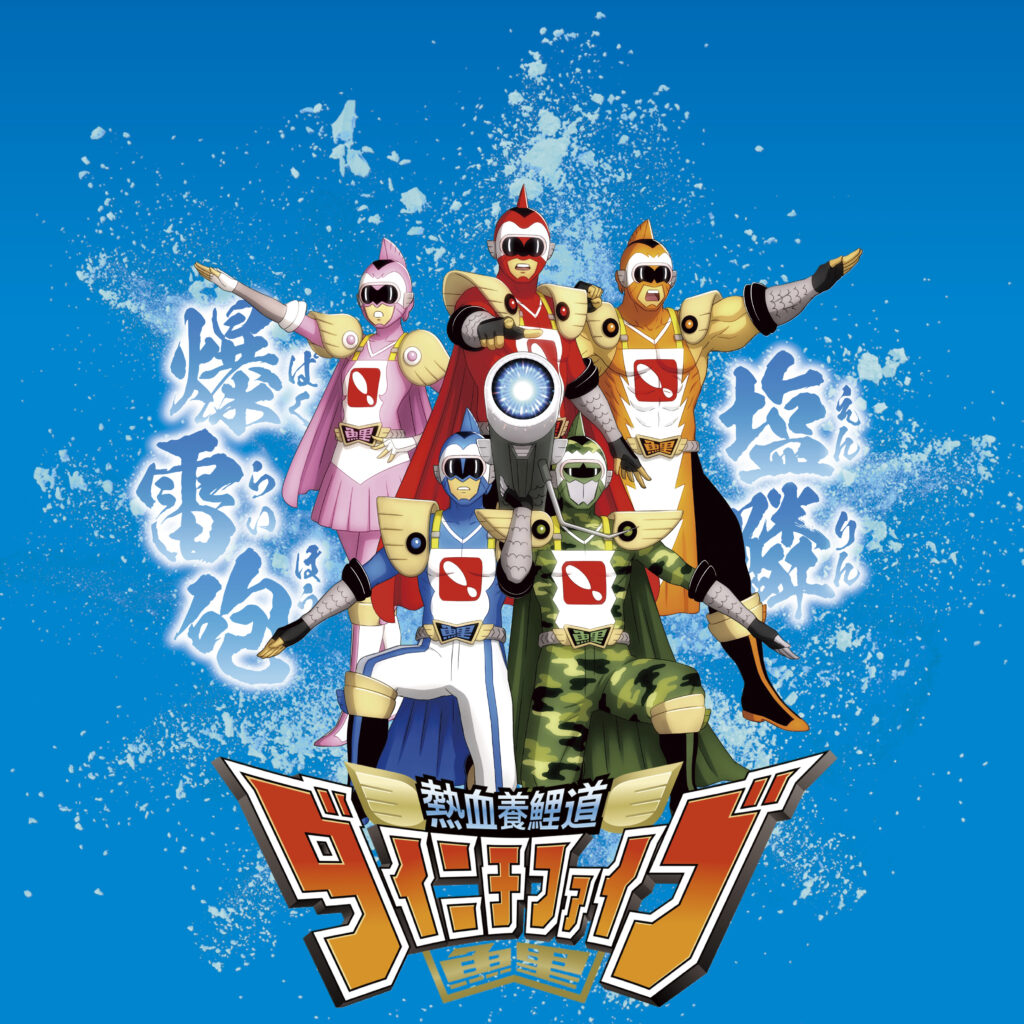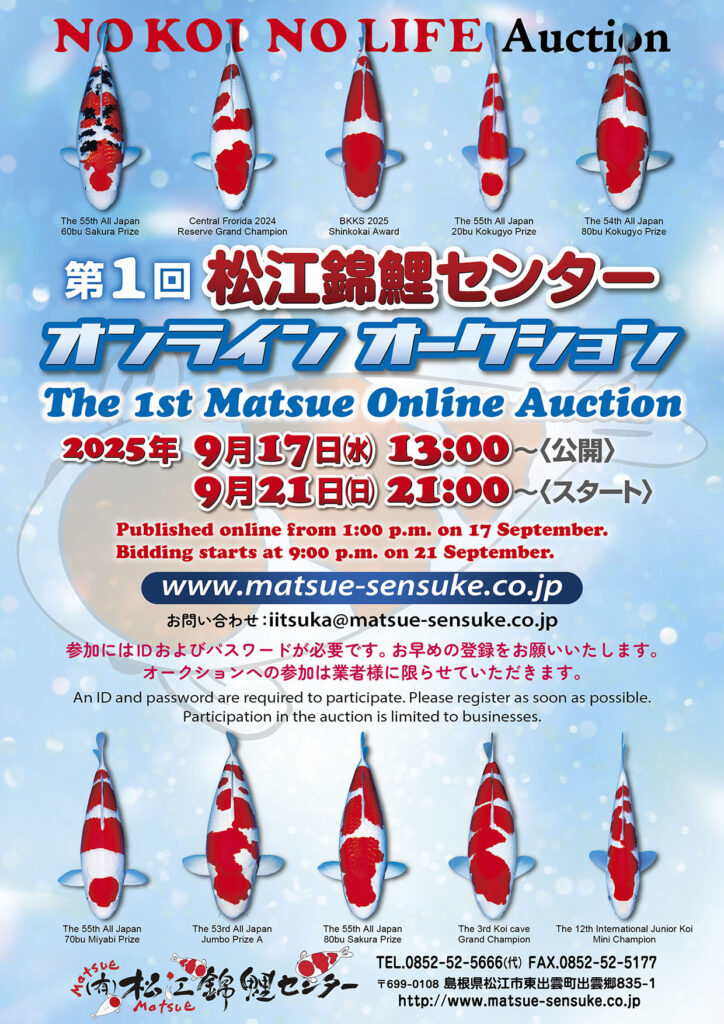ー The Showa that won the Kokugyo award at the All-Japan (photos (1) to (3)) had quite an impact on me. Are the parent koi of the Dainichi bloodline?
Sakamaki: One of the males and one of the female koi are usually Dainichi. For Showa, I cross the parent koi Isa (Isa Koi Farm Co., Ltd.) or Sekiguchi (Sekiguchi Koi Farm). For Kohaku, we typically use a female from Dainichi and a male from Sakai (Sakai Fish Farm Co., Ltd.) or Momotaro (Okayama Momotaro Koi). Alternatively, we use the reverse pattern.
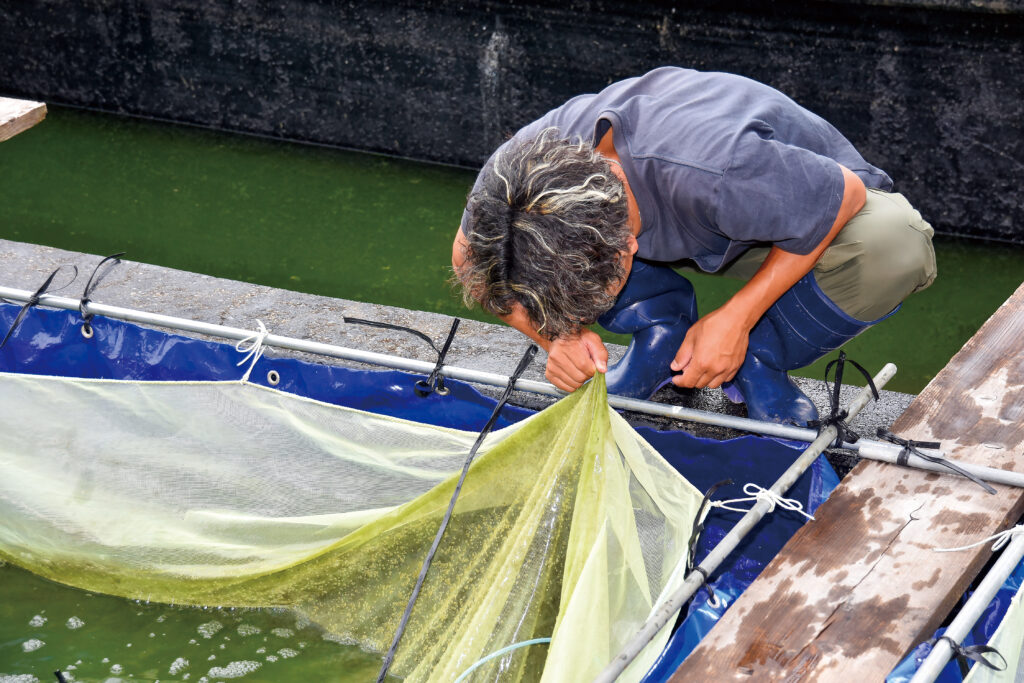
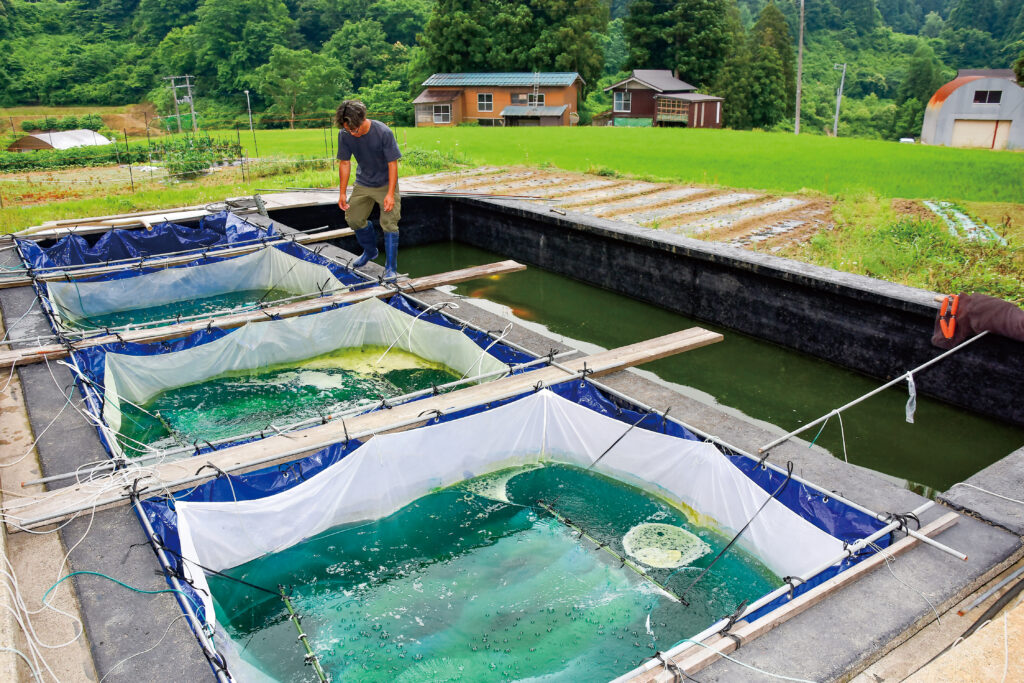
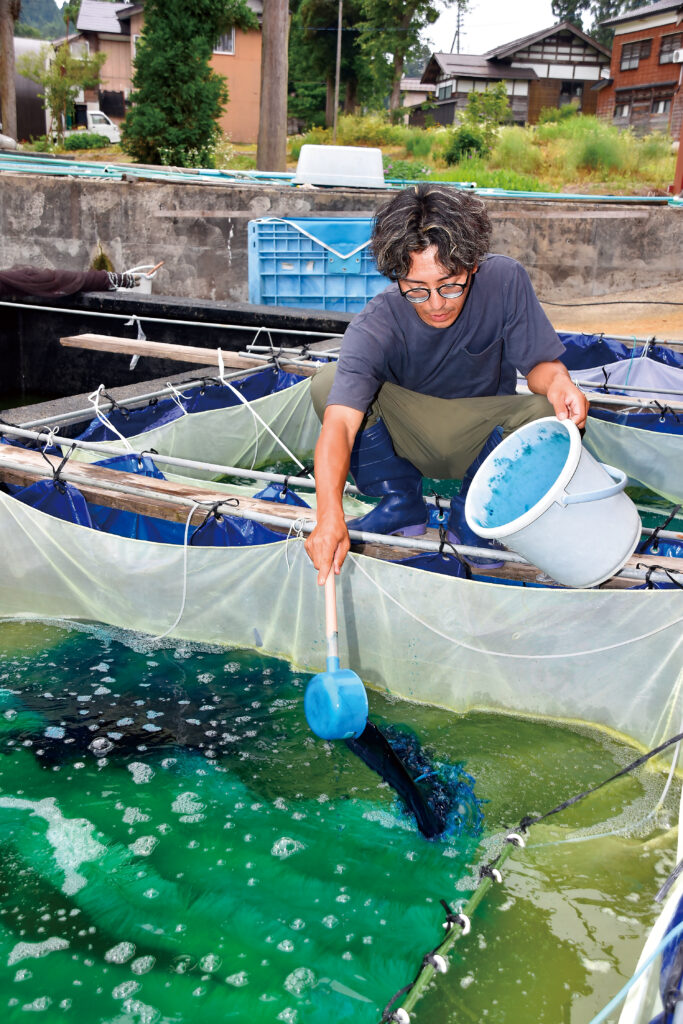
ー Do you not often cross your own koi with each other?
Sakamaki: It’s not easy to find very good home-bred parent koi, so I only use them occasionally. The main thing is to cross them with other major bloodlines. I hope to gradually establish my own lines in the process.
ー Every year, you have a lot of different combinations of spawn, is that right?
Sakamaki: We don’t have a fixed number of combinations. Even if particular pairing produces a decent result, I always think it could be improved. It’s not a strict rule, but I try to pair cross the best male koi I think is available at the time.
ー Since you used to work at Dainichi Koi Farm, are you still aiming for larger breeds?
Sakamaki: When I left Dainichi Koi Farm, my goal was to produce larger koi. But recently I’ve thought koi should become beautiful at 2 or 3 years old, rather than focusing on size. I use parent koi, which is reasonably large, but it’s better if they reach their ideal form earlier.
ー Was that with the koi shows in mind?
Sakamaki: Of course that’s part of it, and the biggest reason is that it’s easier to sell. These days, people don’t have so many big koi anymore. It is becoming harder to sell, both domestically and abroad.
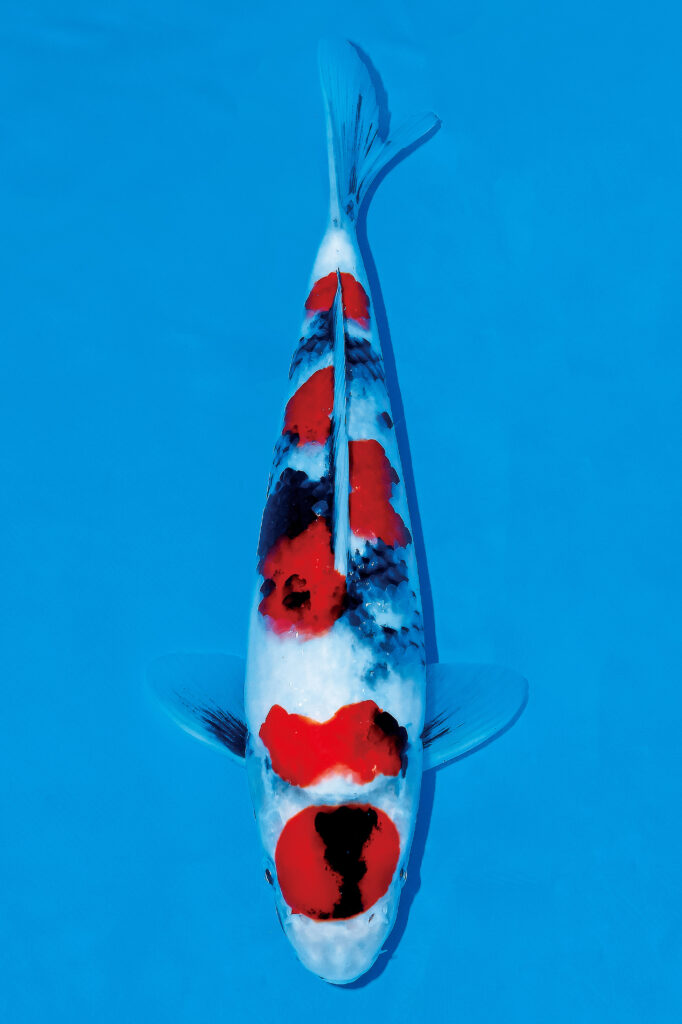
Kokugyo Prize
27bu Showa Sanshoku /Yusuf Atmajaya
ー Generally, exports make up the majority now, but do you also have many domestic customers?
Sakamaki: We often send to domestic suppliers, such as Kintaro, Sensuke (Sensuke Co., Ltd.), and Koi Bokujo, so if we make a 3-year-old 70 cm or so, there is no way to send it.
Nowadays, tosai is the mainstream, but in the past, we hardly sold them. We only sold a few intermediate grade tosai. Most of them were sold in earnest when they were two years old.
ー In recent years, we often hear that it is difficult to sell intermediate grade koi.
Sakamaki: Sales of the lower-tier intermediate-grade koi are particularly poor. So, I try to be more selective. I plan to increase production this year, so I will raise more fry, releasing around 100,000 in a large pond. Recently, the quality of Kohaku has been poor recently, so I’ll try to improve the rate as much as possible.
ー What about two-stage breeding?
Sakamaki: In previous years we have done very little, but this year we are thinking of doing some.


